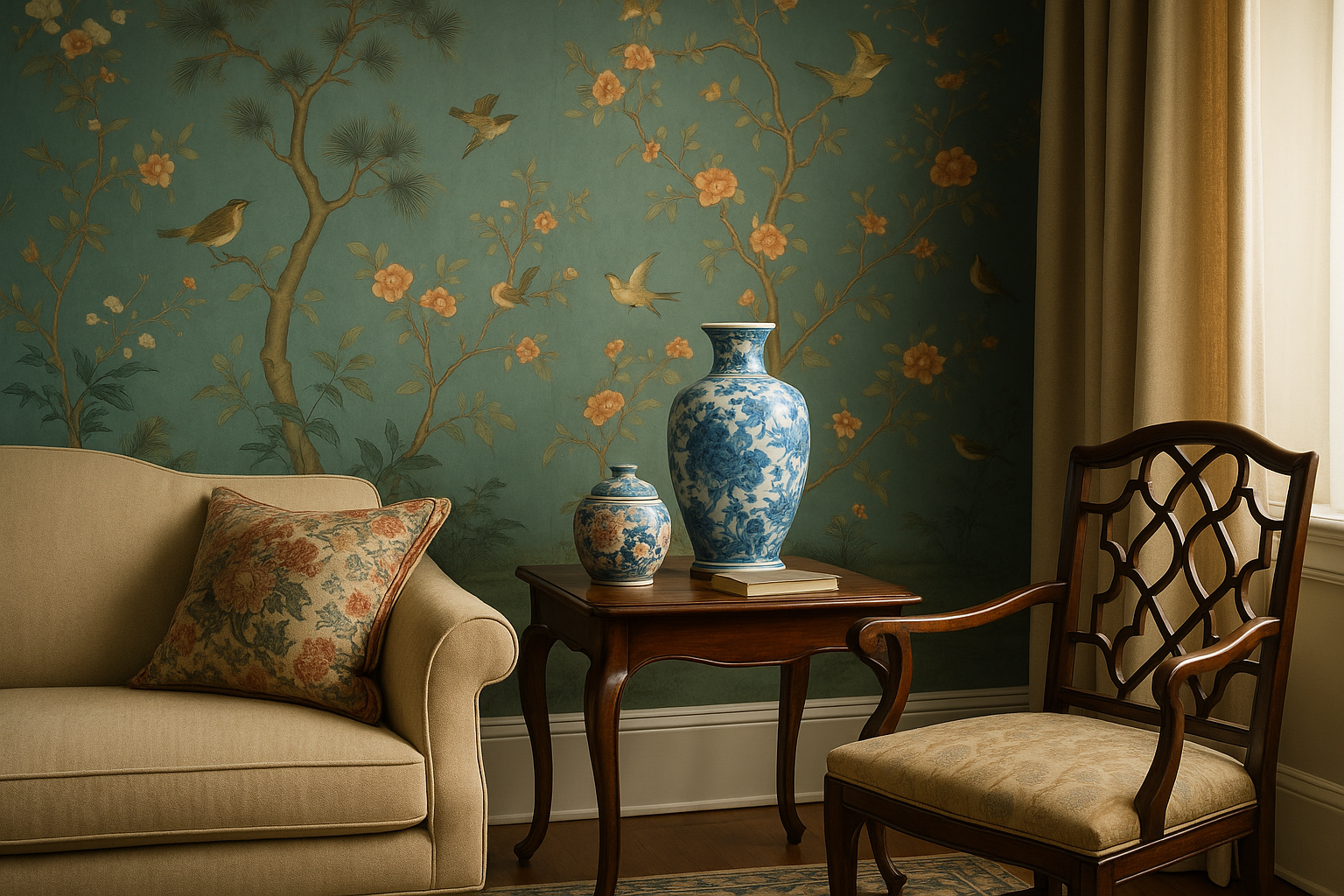Tips for Shopping at a Furniture Thrift Store for Deals
Furniture thrift stores offer a treasure trove of unique, affordable pieces for budget-conscious shoppers and vintage enthusiasts alike. Whether you're furnishing your first apartment or looking to add character to your home, knowing how to navigate these second-hand havens can lead to incredible finds at fraction of retail prices. This guide will walk you through the ins and outs of shopping at furniture thrift stores, helping you score the best deals on quality used furniture.

What are the benefits of shopping at furniture thrift stores?
Furniture thrift stores provide numerous advantages for savvy shoppers. First and foremost, the prices are significantly lower than those of new furniture retailers. You can often find high-quality, well-made pieces for a fraction of their original cost. Additionally, thrift stores offer a wide variety of styles, from vintage to contemporary, allowing you to create a unique and eclectic home decor. Shopping second-hand is also environmentally friendly, as it reduces waste and extends the life cycle of furniture items.
How can I prepare for a successful thrift store furniture hunt?
Before heading to a furniture thrift store, it’s essential to prepare. Start by measuring the spaces where you plan to place new furniture and write down these dimensions. Bring a tape measure with you to ensure potential purchases will fit in your home. It’s also helpful to have a general idea of the style and color scheme you’re looking for. Create a list of needed items to stay focused, but remain open to unexpected finds. Lastly, dress comfortably and wear clothes you don’t mind getting dusty, as some thrift stores can be a bit messy.
What should I look for when examining used furniture?
When shopping at a furniture thrift store, it’s crucial to inspect items thoroughly. Check for structural integrity by gently shaking or pressing on the furniture to ensure it’s stable. Look for signs of wear, such as scratches, dents, or water damage. Open drawers and cabinets to make sure they function properly. For upholstered items, check for tears, stains, and odors. While some imperfections can be easily fixed, major damage might not be worth the effort. Don’t forget to examine the undersides and backs of furniture pieces, as these areas can reveal valuable information about the item’s quality and condition.
How can I negotiate prices at a furniture thrift store?
Many furniture thrift stores are open to negotiation, especially on larger items or those that have been in the store for a while. To negotiate effectively, be polite and respectful. Point out any flaws or necessary repairs to justify a lower price. If you’re purchasing multiple items, ask if they offer a bulk discount. It’s also worth inquiring about upcoming sales or discount days. Some stores may be more willing to negotiate at the end of the day or month when they’re trying to clear inventory. Remember, the worst they can say is no, so it’s always worth asking for a better deal.
What are some unique ways to repurpose or upcycle thrifted furniture?
One of the joys of shopping at furniture thrift stores is the opportunity to unleash your creativity. Many pieces can be transformed with a fresh coat of paint, new hardware, or reupholstering. For example, an old dresser can become a stylish bathroom vanity, or a vintage suitcase can be turned into a unique side table. Wooden ladders can be repurposed as bookshelves, and outdated dining chairs can be given new life with modern fabric. The key is to see the potential in each piece and think outside the box. Upcycling not only saves money but also allows you to create one-of-a-kind furniture that reflects your personal style.
What are the typical price ranges for used furniture items?
Understanding the general price ranges for used furniture can help you spot good deals and avoid overpaying. While prices can vary significantly based on condition, brand, and location, here’s a general guide to what you might expect to pay at a furniture thrift store:
| Item | Low-End Price | Mid-Range Price | High-End Price |
|---|---|---|---|
| Dining Table | $30 - $50 | $75 - $150 | $200 - $500+ |
| Sofa | $50 - $100 | $150 - $300 | $350 - $800+ |
| Dresser | $25 - $75 | $100 - $200 | $250 - $600+ |
| Armchair | $20 - $50 | $75 - $150 | $200 - $400+ |
| Coffee Table | $15 - $40 | $50 - $100 | $125 - $300+ |
Prices, rates, or cost estimates mentioned in this article are based on the latest available information but may change over time. Independent research is advised before making financial decisions.
Remember that these prices are estimates and can fluctuate based on factors such as the store’s location, the item’s condition, and current market trends. High-end antiques or designer pieces may command much higher prices. Always compare prices across different thrift stores and online marketplaces to ensure you’re getting the best deal.
In conclusion, shopping at furniture thrift stores can be an exciting and rewarding experience. With the right preparation, a keen eye for quality, and a willingness to negotiate, you can furnish your home with unique, affordable pieces that tell a story. Whether you’re looking for vintage charm or contemporary style, thrift stores offer endless possibilities for creating a personalized living space without breaking the bank.




